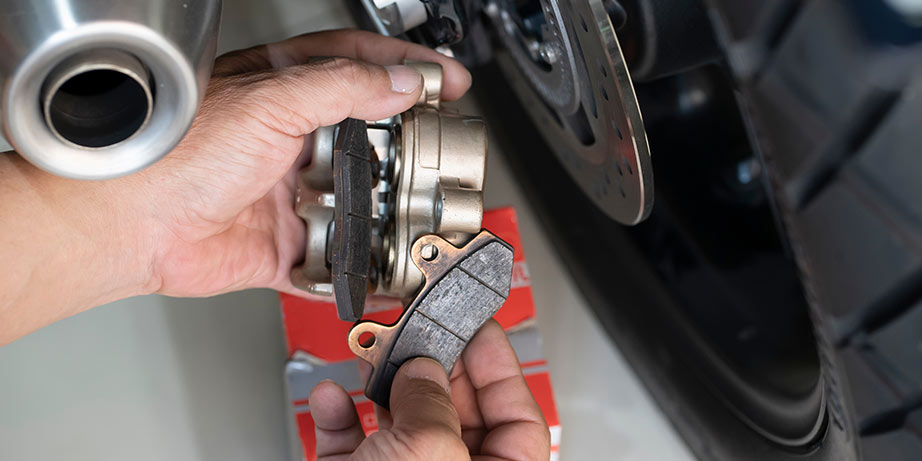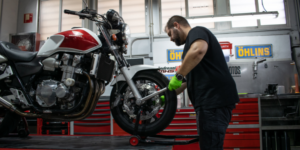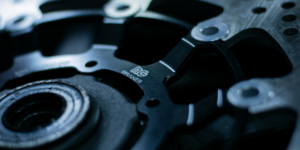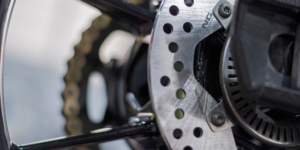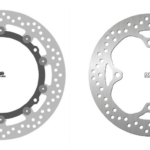We all know that brakes are the most important safety system on our motorbikes. However, it never hurts to remember this. For this reason, it’s very important that we understand how all types of brakes and braking systems work, as it can be vital for our safety and the safety of other users sharing the road with us.
Today we are going to talk about the disc brake and other types of brakes available and we will give details about how they work.
Disc brake
The disc is the surface against which the brake pads act to brake the motorbike. As soon as you press the brake, a hydraulic pump is activated and feeds brake fluid to the calipers. The pressure of the fluid causes the pistons to push on the pads, causing them to rub against the brake disc, progressively decelerating. This deceleration generates heat which is dispersed through the disc.
The disc brake is the most common braking system currently used on high to mid cc bikes used on the road. Some of them have their own particularities. For example, in MotoGP racing they use carbon brake discs, while in Moto2 and Moto3 they use steel brake discs with an aluminium core, such as the NG Brakess.
Drum brakes
These types of brakes are generally only used on low cc motorbikes. When the brake is applied, the brake shoe separates and comes into contact with the brake drum, while the springs keep the brake shoes in position. Finally, the adjuster lever is used to tighten the brake shoes and brake as efficiently as possible.
CBS brakes
The CBS system is the Combined Brake System. This braking system ensures that when the rear brake is applied, the front brake is automatically activated as well, making braking more balanced and shortening braking time by up to 50%.

